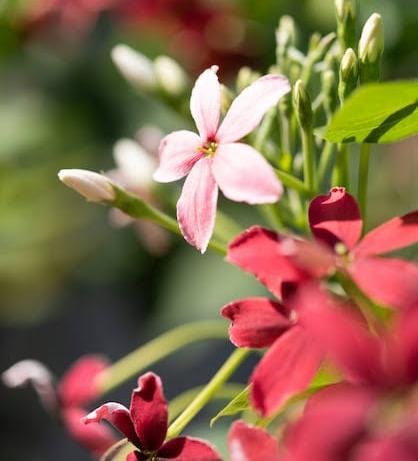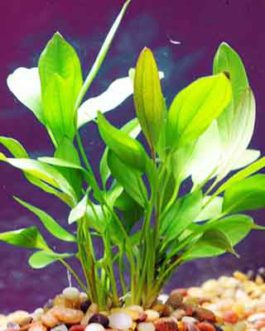Description
In India, we can sell this Dwarf Rangoon creeper/ Dwarf Burma creeper (single plant) via online delivery systems to any states including Andhra Pradesh, Arunachal Pradesh, Assam, Bihar, Chhattisgarh, Goa, Gujarat, Haryana, Himachal Pradesh, Jammu & Kashmir, Jharkhand, Karnataka, Kerala, Madhya Pradesh, Maharashtra, Manipur, Meghalaya, Mizoram, Nagaland, Odisha (Orissa), Punjab, Rajasthan, Sikkim, Tamil Nadu, Telangana, Tripura, Uttar Pradesh, Uttarakhand, and West Bengal
The Dwarf Rangoon Creeper or Dwarf Burma Creeper is a compact version of the traditional Rangoon Creeper (Quisqualis indica). This variety is especially loved for its dense flowering clusters and manageable size, which makes it ideal for smaller gardens and containers.
Botanical Information
- Scientific Name: Quisqualis indica (Dwarf variety)
- Family: Combretaceae
- Common Names: Dwarf Rangoon Creeper, Dwarf Burma Creeper, Chinese Honeysuckle
- Origin: Native to tropical Asia, widely grown in India and Southeast Asia
Appearance
- Flowers: Produces large clusters of trumpet-shaped flowers that start white, then gradually change to pink and finally deep red. The color transition can give the plant a multicolored appearance.
- Fragrance: Flowers are fragrant, especially in the evening.
- Leaves: Glossy, oval-shaped green leaves that create a dense, bushy appearance.
- Growth Habit: Unlike the standard Rangoon Creeper, this dwarf variety remains smaller and bushier, typically reaching only 3-5 feet in height.
Growing and Care Requirements
1. Sunlight
- Requirement: Full sun to partial shade.
- Optimal Placement: Position it in a spot where it gets plenty of sunlight for the best flowering results.
2. Watering
- Frequency: Water regularly, especially during dry spells. Allow the soil to dry out slightly between watering sessions to prevent waterlogging.
- Winter Care: Reduce watering frequency slightly in winter, as the plant may go dormant.
3. Soil
- Type: Prefers well-drained, fertile soil.
- pH: Slightly acidic to neutral soil pH (6.0–7.0) is ideal.
- Enhancements: Add compost or organic matter to improve soil fertility and drainage.
4. Fertilizing
- Frequency: Every 2-3 months during the growing season (spring and summer).
- Type: A balanced, slow-release fertilizer or one with a higher potassium content to promote blooming.
5. Pruning
- When to Prune: Light pruning after the blooming season can help maintain a neat shape.
- Purpose: Pruning encourages bushier growth and keeps the plant compact, as this variety doesn’t climb as aggressively as the regular Rangoon Creeper.
6. Pest and Disease Management
- Common Pests: Generally pest-resistant, though it may occasionally attract aphids or mealybugs. Use insecticidal soap or neem oil if pests appear.
- Diseases: Watch for signs of root rot, especially if overwatered. Good drainage is crucial to prevent this issue.
7. Temperature and Humidity
- Ideal Temperature: Prefers warm, tropical climates but can tolerate mild frost. In colder climates, grow it in a pot and bring it indoors during winter.
- Humidity: Tolerates average humidity but benefits from occasional misting in very dry conditions.
8. Propagation
- Method: Propagated from stem cuttings in spring or early summer.
- Instructions: Take cuttings and place them in a moist rooting medium until they establish roots.
This dwarf variety of Rangoon Creeper is ideal for balconies, patios, or small gardens, and its fragrance and colorful blooms make it a great choice for ornamental planting!
Only logged in customers who have purchased this product may leave a review.













Reviews
There are no reviews yet.